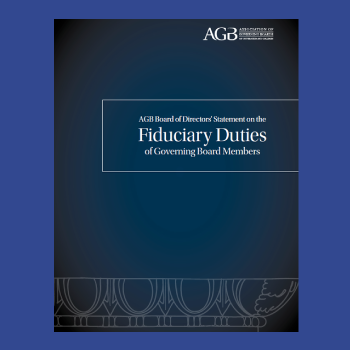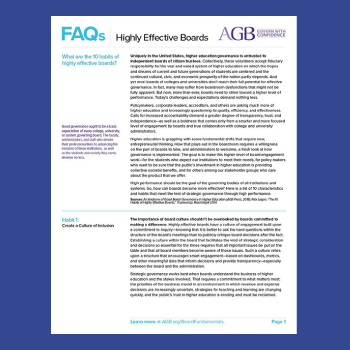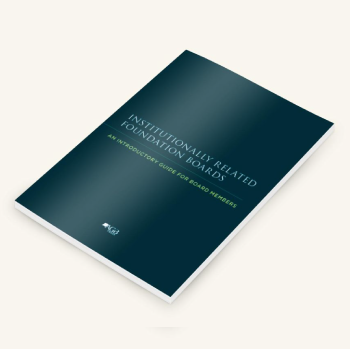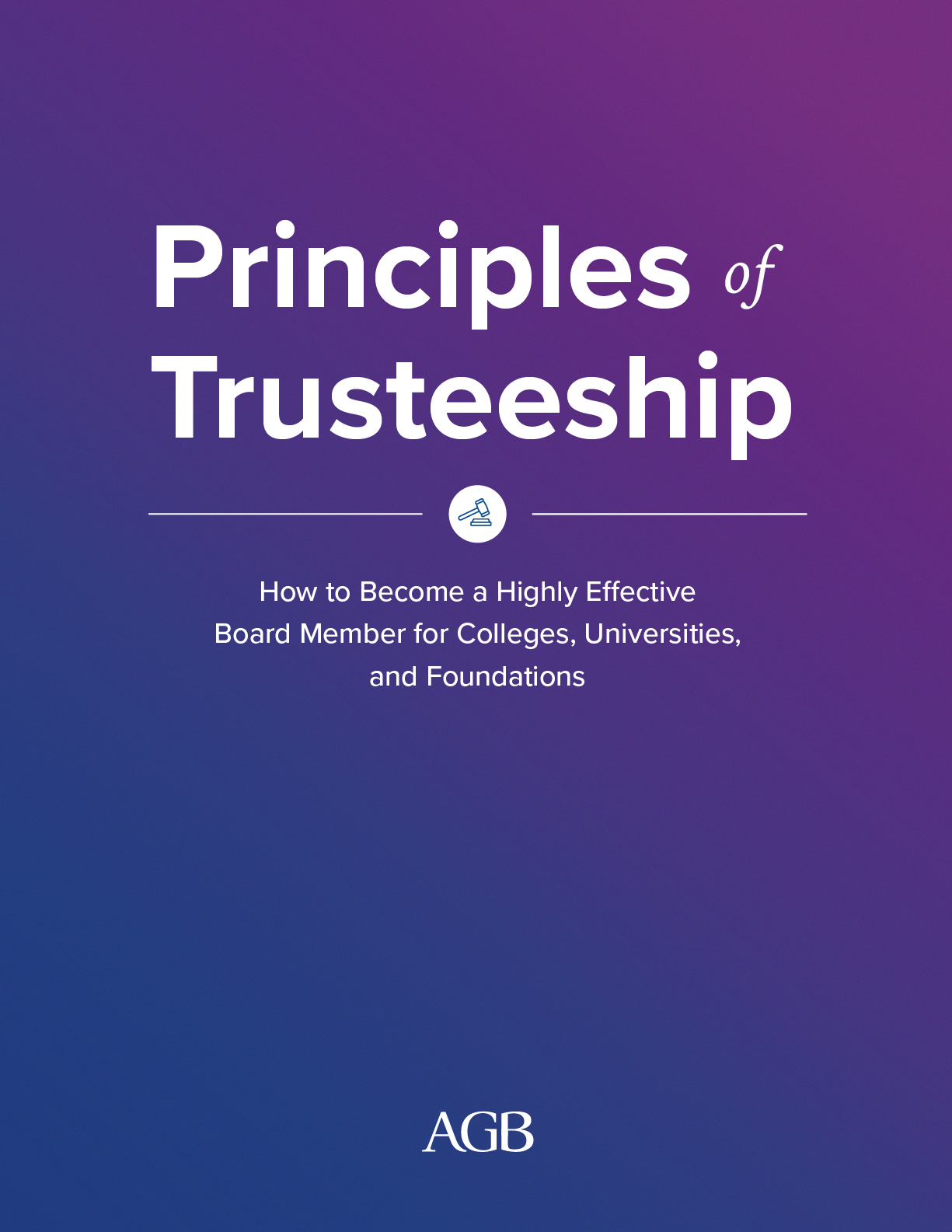Principle 1:
Embrace the full scope of your responsibilities.
Principle 1 supports the fundamental function of understanding governance by embracing all of your responsibilities in a structure of shared leadership. In order to achieve this, you must:
- Fulfill your fiduciary responsibilities. As a fiduciary, you are charged with acting on behalf of the public to further the best interests of the organization on whose board you serve.
- Recognize that governance is a collective endeavor. As a trustee, you are part of a team in service to the whole enterprise. That team includes not just other board members but also the president, faculty, and other partners in governance and leadership.
- Prepare in advance, show up fully present, and participate productively. You are not expected to have all of the answers, but you are expected to do your homework in order to ask the right questions and make informed decisions about your institution and the community.
“There are two attributes that distinguish the better board members from the lesser board members.
The first is the level of engagement: those who are intensely engaged—not only at the meetings but between meetings—and are well prepared and intense about what they do. The second is they understand their role as a board member. I think that understanding the role is incredibly important because, honestly, most don’t as they join the board.”
—Board Chair, Public University
Questions for self-reflection.
- Why were you asked to serve on this board? What expertise and experience do you bring to the board?
- What is your level of engagement as a board member during meetings? Between meetings? What prevents you from being more engaged?
- What is expected of you as a board member? What do you expect of your fellow board members? The administration?
- What is the work of this board? How does it advance the institution’s focus and future?
- How well does the board function? What does it do very well? What could it do better?
This guide conveys the essence of highly effective trusteeship in a concise, easy-to-use format. It defines the attitudes and actions of highly effective board members, and provides insight into three fundamental functions:
- Understand governance by embracing all of your responsibilities in a structure of shared leadership.
- Lead by example by upholding the highest standards of integrity.
- Think strategically by focusing on what matters most to the long-term success of the whole enterprise.








